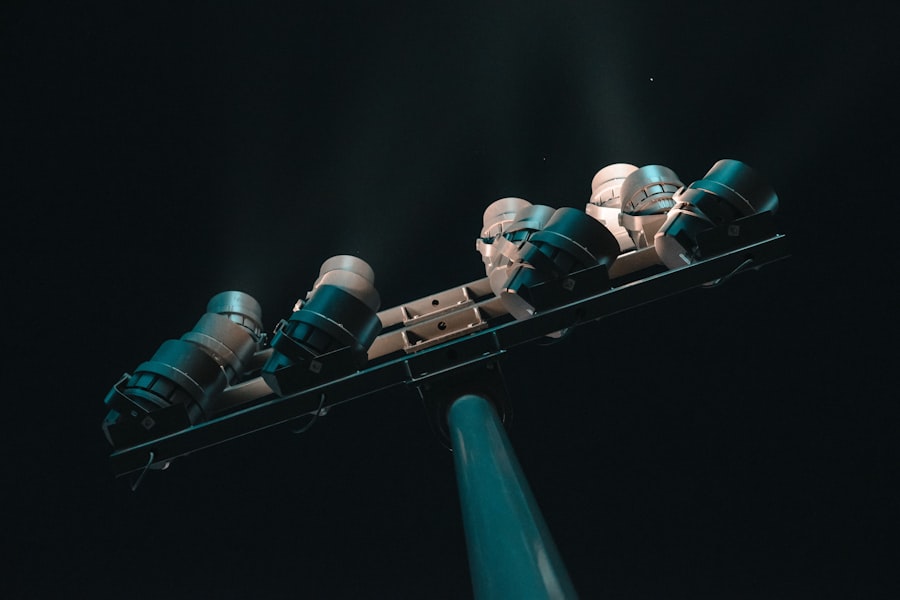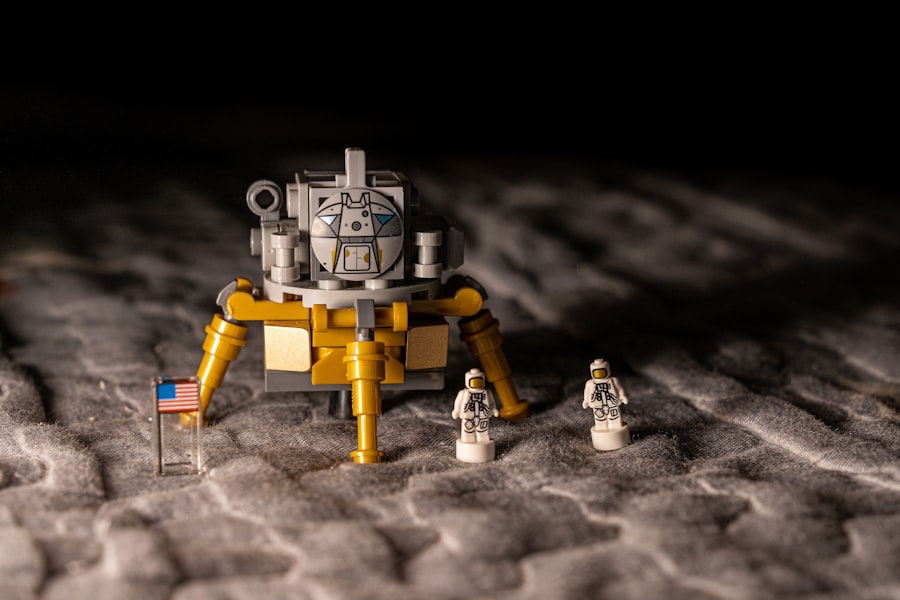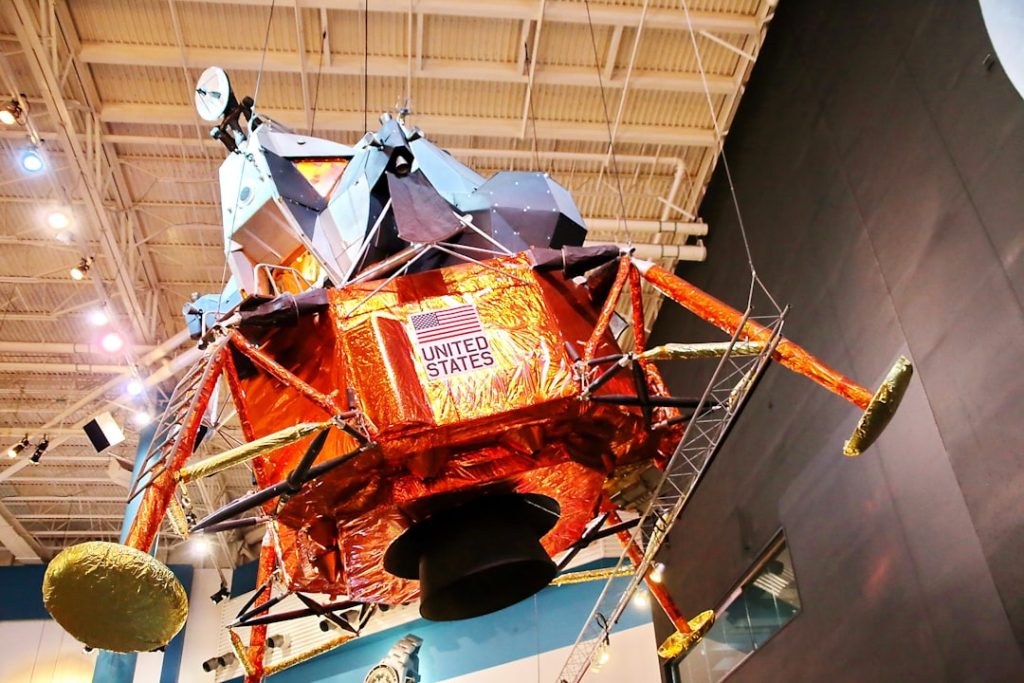Launched on April 24, 1990, aboard the Space Shuttle Discovery, the Hubble Space Telescope has become one of the most significant instruments in the history of astronomy. Named after the renowned astronomer Edwin Hubble, who played a pivotal role in establishing the field of extragalactic astronomy, this telescope was designed to observe celestial phenomena beyond the limitations of Earth’s atmosphere. Positioned in low Earth orbit, approximately 547 kilometers (about 340 miles) above the planet’s surface, Hubble has provided an unobstructed view of the universe, free from atmospheric distortion.
This unique vantage point allows it to capture images and data with unprecedented clarity and detail. The Hubble Space Telescope is a collaboration between NASA and the European Space Agency (ESA), reflecting a significant international effort in scientific exploration. Its design includes a 2.4-meter primary mirror and a suite of advanced instruments that enable it to observe in various wavelengths, including ultraviolet, visible, and near-infrared light.
Over the years, Hubble has undergone several servicing missions, during which astronauts have upgraded its instruments and repaired its systems, ensuring that it remains at the forefront of astronomical research. The telescope’s longevity and adaptability have made it a cornerstone of modern astrophysics, providing insights that have reshaped our understanding of the cosmos.
Key Takeaways
- Hubble Spacecraft has been orbiting Earth since 1990, capturing stunning images of the universe and making groundbreaking discoveries in astronomy.
- Hubble’s contributions to astronomy include measuring the rate of expansion of the universe, discovering new planets, and providing evidence for the existence of dark matter.
- Hubble has captured stunning images of galaxies, nebulae, and other celestial objects, providing valuable insights into the formation and evolution of the universe.
- Hubble has made significant discoveries, including the age of the universe, the existence of supermassive black holes, and the presence of organic molecules in space.
- Hubble has played a crucial role in understanding the expansion of the universe, providing evidence for the existence of dark energy and helping to refine the Hubble constant.
Hubble’s Contributions to Astronomy
Hubble’s contributions to astronomy are vast and varied, fundamentally altering our comprehension of the universe. One of its most significant achievements is the determination of the rate of expansion of the universe. Prior to Hubble’s observations, astronomers had debated whether the universe was expanding or contracting.
Through meticulous measurements of distant galaxies and their redshifts, Hubble provided compelling evidence that the universe is indeed expanding. This groundbreaking work laid the foundation for what would later be known as Hubble’s Law, which describes the relationship between a galaxy’s distance and its recessional velocity. In addition to measuring cosmic expansion, Hubble has played a crucial role in refining our understanding of galaxy formation and evolution.
By observing galaxies at various stages of their development, astronomers have been able to piece together a timeline of cosmic history. Hubble’s deep field images, which capture light from some of the most distant galaxies ever observed, have revealed a rich tapestry of galactic structures and interactions. These observations have provided critical insights into how galaxies merge and evolve over billions of years, contributing to our understanding of the large-scale structure of the universe.
Capturing Stunning Images of the Universe

One of Hubble’s most celebrated achievements is its ability to capture breathtaking images of celestial objects. The telescope’s high-resolution capabilities have allowed it to photograph phenomena such as nebulae, star clusters, and distant galaxies with remarkable clarity. The iconic Pillars of Creation image, taken in 1995, showcases towering columns of gas and dust in the Eagle Nebula, serving as a stellar nursery where new stars are born.
This image not only captivated the public’s imagination but also provided astronomers with valuable data about star formation processes. Hubble’s imaging capabilities extend beyond mere aesthetics; they serve as vital tools for scientific inquiry. The telescope has captured images that reveal intricate details about the composition and behavior of celestial objects.
For instance, Hubble’s observations of supernovae have allowed scientists to study their light curves and spectra, leading to a deeper understanding of stellar evolution and explosive events in the universe. The stunning visuals produced by Hubble have not only enhanced public interest in astronomy but have also facilitated groundbreaking research that continues to push the boundaries of our knowledge.
Discoveries Made by Hubble
| Year | Number of Discoveries |
|---|---|
| 1990 | 1 |
| 1991 | 3 |
| 1992 | 5 |
| 1993 | 7 |
| 1994 | 9 |
| 1995 | 11 |
Throughout its operational lifetime, Hubble has made numerous discoveries that have significantly advanced our understanding of astrophysics. One notable discovery is the existence of dark energy, a mysterious force driving the accelerated expansion of the universe. In the late 1990s, observations of distant supernovae revealed that they were fainter than expected, indicating that the universe’s expansion was not slowing down as previously thought but accelerating instead.
This revelation led to the hypothesis that dark energy constitutes approximately 68% of the universe, fundamentally altering our understanding of cosmology. Hubble has also contributed to our knowledge of exoplanets—planets orbiting stars outside our solar system. By utilizing techniques such as transit photometry and spectroscopy, Hubble has been instrumental in detecting and characterizing exoplanets’ atmospheres.
For example, observations of exoplanet WASP-121b revealed evidence of water vapor and other molecules in its atmosphere, providing insights into its composition and potential habitability. These discoveries not only enhance our understanding of planetary systems but also raise intriguing questions about the possibility of life beyond Earth.
Hubble’s Role in Understanding the Expansion of the Universe
Hubble’s role in elucidating the expansion of the universe cannot be overstated. The telescope’s observations have provided critical data that support the concept of an expanding cosmos first proposed by Edwin Hubble himself in the 1920s. By measuring the redshift of light from distant galaxies—an effect caused by their motion away from us—Hubble was able to establish a correlation between distance and velocity.
This relationship is encapsulated in Hubble’s Law, which states that galaxies farther away from us are receding at faster speeds. The implications of this discovery are profound. It suggests that the universe has been expanding since its inception in the Big Bang approximately 13.8 billion years ago.
Furthermore, Hubble’s observations have led to a deeper understanding of cosmic evolution over time. By studying galaxies at various distances, astronomers can effectively look back in time and observe how galaxies formed and evolved throughout different epochs in cosmic history. This ability to trace back through time has been instrumental in piecing together a coherent narrative about the universe’s development.
Hubble’s Impact on Our Understanding of Black Holes

Hubble has also made significant contributions to our understanding of black holes—regions in space where gravity is so strong that nothing can escape from them. One of its most notable achievements was providing evidence for the existence of supermassive black holes at the centers of galaxies. By observing stars orbiting around an unseen mass in galaxies such as M87 and our own Milky Way, Hubble helped establish that these black holes can contain millions or even billions of times the mass of our Sun.
The telescope’s observations have also shed light on how black holes influence their host galaxies. For instance, studies have shown a correlation between the mass of supermassive black holes and the properties of their host galaxies, suggesting that black holes play a crucial role in galactic formation and evolution. This relationship has led to new theories about how black holes can regulate star formation and affect galactic dynamics over cosmic timescales.
Future of Hubble and Its Successors
As Hubble continues to operate well beyond its expected lifespan, discussions about its future and potential successors are increasingly relevant. While Hubble remains a powerful tool for astronomical research, it is not without limitations; its instruments are aging, and technological advancements have led to new telescopes with enhanced capabilities. The James Webb Space Telescope (JWST), launched on December 25, 2021, is designed to complement Hubble’s observations by focusing on infrared wavelengths, allowing it to peer deeper into space and time than ever before.
The JWST aims to explore areas such as galaxy formation in the early universe, star formation within dust clouds, and even the atmospheres of exoplanets with unprecedented detail. While JWST will take on many tasks previously handled by Hubble, both telescopes will work together to provide a more comprehensive understanding of cosmic phenomena. The synergy between these two observatories promises to yield groundbreaking discoveries that will further enrich our knowledge of the universe.
Hubble’s Legacy in Space Exploration
The legacy of the Hubble Space Telescope is one marked by transformative discoveries and breathtaking imagery that have captivated both scientists and the public alike. Its contributions extend far beyond mere observation; they have fundamentally reshaped our understanding of fundamental concepts such as cosmic expansion, galaxy formation, and black hole dynamics. As we look toward future explorations with advanced telescopes like JWST, we recognize that Hubble has laid an essential foundation for ongoing research in astrophysics.
Hubble’s impact on space exploration is not just confined to scientific advancements; it has inspired generations to look up at the night sky with wonder and curiosity. The stunning images captured by this remarkable instrument serve as a reminder of our place in an expansive universe filled with mysteries yet to be unraveled. As we continue to explore beyond our planet, Hubble’s legacy will undoubtedly endure as a symbol of human ingenuity and our relentless pursuit of knowledge about the cosmos.


